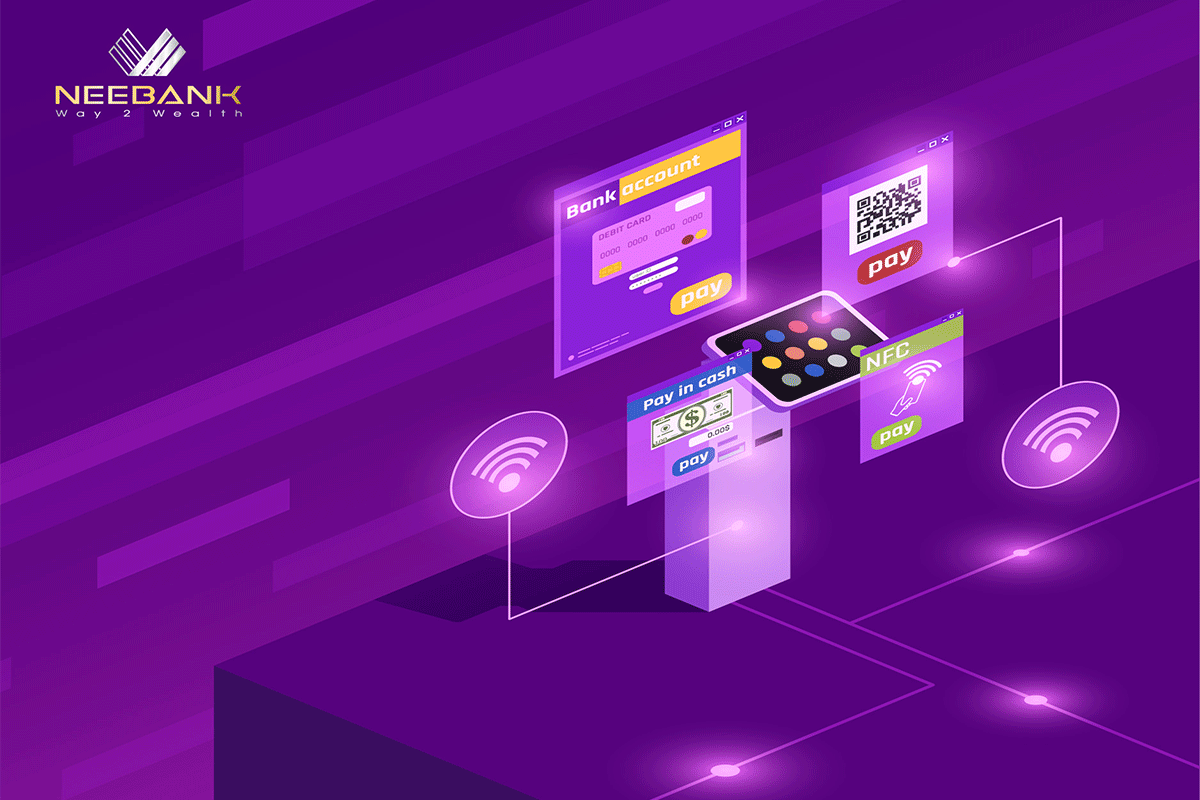
Self-sovereign Identities At Work – Digital Identity 2.0
Digital Identity (R) evolution
Traditionally identity verification was base on human interactions and physical documents, mainly issued by central or local governments.
But in today’s world, where relentless digitalization and 24/7 connectivity continue to transform everyday life, you can no longer rely on those physical identification methods alone.

Table of contents
Why?
Digital transformation is driving customer experience. The expectations on the consumer’s side have changed.
Today, a great consumer experience means convenience, real-time, and mobile-first. In short, consumers/customers/citizens want a seamless experience.
On the other hand, they demand more security and protection. They want to sure their data are safe and kept private.
User-centric solution with streamlined onboarding process. Cooperation among major stakeholders across segments for a broad consumer reach is key for mass adoption & trust. Strong brand to bring trust and confidence to all parties. Key initiators typically include banks as critical identity providers. High security with authentication solutions brought by the latest technologies
Self-sovereign identities
More recently, another type of Digital Identity Provider is emerging, more decentralized, based on technology such as blockchain, putting end-user fully in control and allowing different service providers to share identity verification attestations.
This type of scheme is called Self Sovereign Identities (SSI).

The future of digital identity schemes
Looking at the future, we don’t need a crystal ball to bet on the development of many digital identity schemes based on consortium, where financial institutions will have a clear role to play.
For those that take the opportunities available to them, there will be many decisions to make.
 Account
Account NEECard
NEECard Products & services
Products & services Finance - Banking
Finance - Banking Money 4.0
Money 4.0 Why Should Businesses Accept Money 4.0 Now?
Why Should Businesses Accept Money 4.0 Now?

